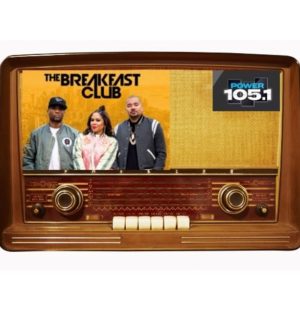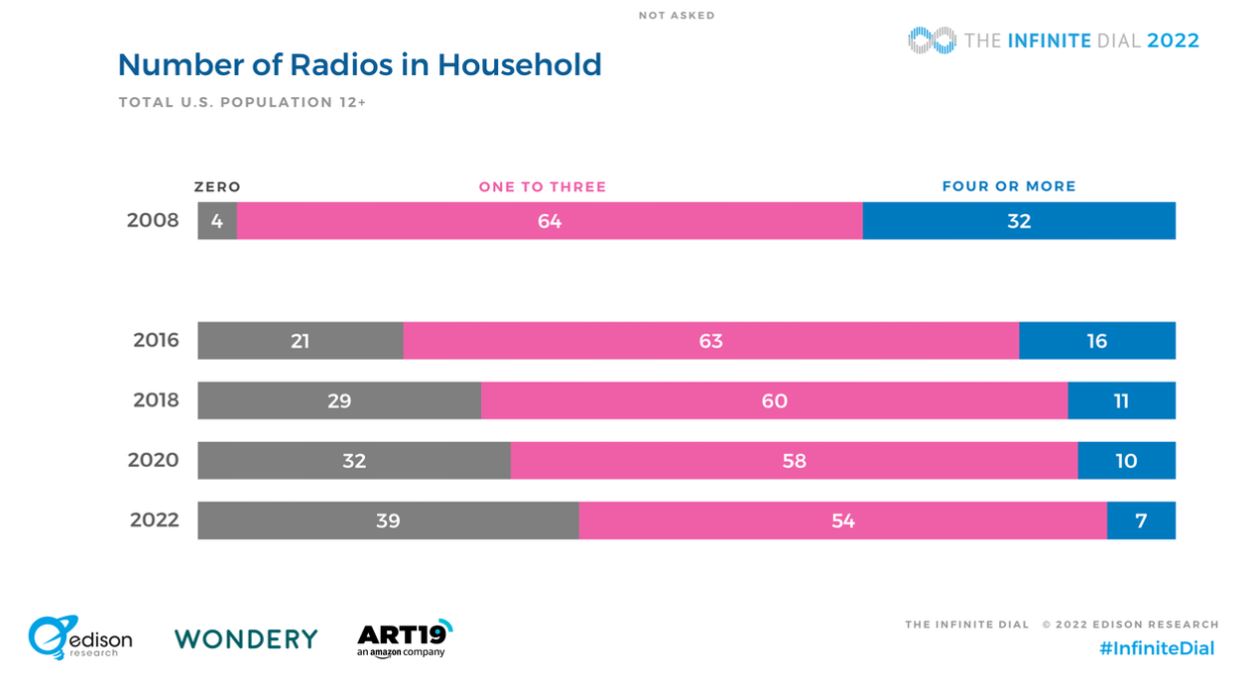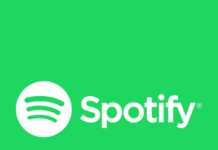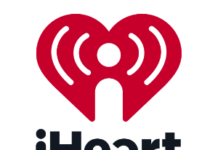
(By Ed Ryan) When was the last time your station gave away a slick looking radio as a promotion (batteries included)? How many more echo dots will radio stations keep giving away before they realize they may be pushing listeners to find something else to listen to?
In a teaser for Edison Research’s upcoming Infinite Dial presentation at Podcast Movement’s Evolutions next week, the research firm reported that the number of Americans who say they do not have a single radio in their home continues to rise.
In the 2020 Infinite Dial, performed before the onset of the COVID-19 pandemic, just under one-in-three Americans age 12 and older reported not having a single radio in their home, according to Edison. In 2022, that number is now 39%.
Fourteen years ago, only 4% of respondents said they had no radios at home.
 Living in a smart-phone, Tik Tok world, it’s no surprise that the younger Edison dips into the numbers the worse the problem gets for radio. “57% of respondents age 12 to 34 reported having no radios at home.”
Living in a smart-phone, Tik Tok world, it’s no surprise that the younger Edison dips into the numbers the worse the problem gets for radio. “57% of respondents age 12 to 34 reported having no radios at home.”
Of course you want your station to be available on Amazon’s Alexa and other smart devices but do you have to encourage listeners to move away from the radio to listen to your station as well. You’re kidding yourself if you believe listeners go on Amazon to buy a device so they can listen to their favorite local radio station. Just ask your own kids.
Giving listeners a handsome looking, battery operated radio, that works just fine when the power goes out, and includes your logo all over it seems like a no-brainer.
We all know listeners love to win prizes from radio stations. If they are as loyal to your station as you all say they are, they surely would love a radio with your morning show logo plastered all over it to put on their kitchen counter. Wouldn’t they?
They say vinyl is making a comeback. Why doesn’t the radio industry start a national campaign so that “the radio” can make a comeback?
“Of course, nearly all cars have AM/FM radios easily available, and people can listen to the content of radio stations on their phones or smart speakers,” says Edison Research President Larry Rosin. “However the elimination of the standard, single-use radio from so many households makes the challenge that much harder in the location that most people spend the most hours.”
The Infinite Dial will be presented at Podcast Movement Evolutions in person or available live via webcast, Wednesday March 23rd at 2:00PM.






Let’s not forget that CONTENT is what causes folks of any age to value or dismiss terrestrial radio. Why do you think those kids are watching Tick Tock videos in lieu of listening to a local FM station? Because they seem themselves there- they see others like them doing entertaining things- not some 60 something in a city a few hundred miles playing music written and recorded over 40 years ago. Make radio interesting again and not full of political hot air or snarky entertainment commentary and perhaps you’ll get some back. Perhaps.
My
Dear
Friends:
What happens when the power goes off?
What happens when that internet connection goes out?
What happens when the cell towers go down?
Radios. Battery powered, they can run indefinitely (as long as you have batteries, or have a crank-handle type).
Most of the writers above never seem to have been involved with or in a natural or man-made disaster.
As such, I am REALLY surprised to see an Amateur Radio Op at the top making such foolish statements.
OK, kids, go poke your phones, yak at your digital assistants, and wait for the next hurricane, earthquake, cyclone, Tsunami to take out your umbilical cords to the world.
Gee, that funny old radio doesn’t look so bad anymore, eh? I guess you can play Candy Crush until until your phone’s battery croaks.
1. Cell systems already do have significant backup power reserves. That’s because they also carry critical infrastructure data, including the electric distribution grid that so many other things depend on.
2. Disaster recovery is a big deal and it is something that still needs to be sold. However, it isn’t going to be of much use if nobody cares about it or has the radios to listen to. To be a disaster recovery resource people need to know the resource is there and you have to have the receivers. If you are not a regular user you probably won’t think to use those resources. Look at Ukraine right now. Elon Musk’s Starlink satellite receivers are probably doing more to get messages in and out of a war zone than broadcast radio will ever do.
3. As a radio enthusiast myself, I would love to see broadcast radio become a unifying media once again. However, I also know what the next generation sees and is doing. For example, my 20 something daughter, her friends, and my son and his friends rarely ever use the broadcast radio in their cars. They know all about what radio is like because they have seen me using them since they were little. It doesn’t interest them. The magic of radio has become a shrug to them.
I am letting you know what I see, and I get that it’s not the news you wanted. Yes, it is anecdotal, but there is also data to back this up. Discrediting the messenger doesn’t change the reality. I’m watching the future walk away from your business model. Feel free to ignore this observation, and I’m sure the next generation will do the same to you.
Here’s a leading indicator: How many college radio stations are there compared to years past? How many listeners do the college radio stations have? Those are the future listeners. The fact is that anyone who cares can set up their own studio with their own laptop, a half decent microphone, and a library of music on their hard drive. They can perform in front of the whole world, make podcasts and actually attract real listeners without all that infrastructure, policy, and paperwork.
Their listeners all carry radios. It’s their smart phone. They can listen wherever and whenever they want. You don’t need some multi-million dollar transmitter. The car has bluetooth, so they can listen there.
I’m not trying to insult anyone here, but the hard reality is that conventional radio stations need to sell themselves like never before. And they’re not. The music play list is awful. College kids and 20 somethings don’t care. The vertical playlists have shattered.
Radio is going to have to die and resurrect itself with a new business model. The one you’re running is on borrowed time.
signed,
(a ham radio enthusiast dad of three college students)
Radio, one of the greatest sales machines ever invented, can’t even sell its own receivers. And the writing is on the wall that auto manufacturers are deemphasizing radio in the mix of car electronics. It’s not like you couldn’t see this coming. But radios are only part of the issue. Looong commercial stop sets, automated sound, inane blabla about sports and celebrities, and wingnut hooey have been driving audiences away for years.
There are a couple of bright spots however. AM/FM listening still seems to be one of the top uses for smart speakers according to the studies. And community LPFM stations are bringing audiences back with their highly localized, commercial-free, risk-taking innovative programming.
Get receivers into people’s hands and help them discover how radio as a daily habit enriches life. The LPFMs are doing it, more stations should be able to.
Give radios to college students. It won’t eat bandwidth, it would be one less task for the phone, promote college radio stations and reach point of market entry. My son went to NYC and complained that he was too poor to afford – everything.
Give away an Echo Dot and you’ll find that, while it can stream your station, it will undoubtedly be used to stream content that doesn’t have mega stop sets like your station does. I have 3 kids ranging from 10 to 28; the oldest one rarely listens to terrestrial radio, the younger two never do. And that’s despite my encouragement to check radio out. They consider the medium to be old, note that it’s not customized to “their taste” and they despise even one ad – never mind 5 minutes of them in a row. They use smart speakers all the time, but never for radio.
Speaking for myself, I have used Alexa to stream radio; but streaming radio is unpleasant when you get to the long breaks. Too many spots and/or redundant PSAs or features. And to this day, synchronization of breaks with streaming is hit and miss. It’s not a pleasant experience. Using Amazon music or Spotify or Apple Music is much more so. Therefore, you should promote the radio as a convenient portable appliance to consume broadcast content with no fear of the power or WIFI going out. Don’t promote products that will not be used on your behalf.
There was a time when the United States had a huge electronics manufacturing business. Lots of companies including RCA, GE, and Westinghouse made radios in this country, and those same companies also owned radio stations. So the hardware and software were owned by the same companies. That all ended over 30 years ago. All of the manufacturing moved to Japan and then China. All of the electronics companies sold their radio stations. Today broadcast owners depend on China to manufacture radios for the US, and unfortunately they’re not as motivated as the US companies were. This is why the radio companies are offering their station’s content as streaming signals, in podcasts, and in other places. People may not all have the traditional “radios” as they once did, but the devices they own can receive the content.
Americans have the new generation of radios at home. They’re called smart speakers. I have one. I use it to listen to AM and FM radio stations, all the time…here, and from around the world. I love it.
Yes, I understand that a smart speaker is a streaming device, not a broadcast receiver. But, even in our vehicles, we will be seeing ‘infotainment’ systems that also offer wireless streaming. We adapt and accept it…or broadcast radio just dies, entirely.
I would love for someone to let me know where to find a nice but affordable and customizable radio for giveaways. We are scoured the internet and not found any as we are small stations so it has to be affordable.
WE still give radios away. We also sell them on our online auction. They are popular especially for outdoor enthusiasts – campers, back packers, hunters, etc…who want the local news and weather and for music with announcers they know.. Maybe I’m in the minority, but I am hopeful that radio will make a comeback like vinyl has. I thnk it has some of the similar qualities that make this possible: Vinyl has the artwork and the stories contained in the jacket that isn’t possible and lacks the personality in any other form. Radio has the ability to have local content and entertainment and of course give aways. The key, in my opinion, is making sure localized content and morning show hosts are part of the long term plan.
Radio stations have the ability to have local content but in this Iheart era stations rarely make much effort at local content. How local can the PD of a Pittsburg station be on stations all over the country he’s voice tracking for?
David is right Julie —
And FAR too many stations owned by ‘some shareholders 1000 miles away’ don’t get that it’s the content that matters. Look through the comments on this article. It is the CONTENT that matters. And when radio stations became a ‘commodity’ and it seemed like ‘the money is all that mattered’, well, that was the beginning of the end.
There are STILL ‘experts’ who talk about cutting costs and ‘there’s no way to make money at ‘x” out there who seem to be taking all the oxygen in the room, but really, LISTEN to the audience.
IT IS THE CONTENT THAT MATTERS and while Julie is right that local content and local hosts are the key, (but well done national content will also sell if you build in some time for ‘local’ breaks!) I see very few stations that are listening to that wisdom!
And the ones that are tend to be the few ‘mom and pop’ broadcasters in small towns that are left.
Larry Rosin needs to get with the times. Electric cars are equipped WITHOUT the AM side of AM/FM radios. Apparently the vehicle manufacturers are unwilling to provide (too many $$$ required) the shielding & filtering necessary to eliminate interference from the vehicle itself causing reception problems on AM.
For electric vehicles with efficient motor drives the noise floor may well eventually extend into the FM band if it hasn’t already. So, no OTA radio receiver below UHF frequencies will have a free pass. Translation: Goodbye OTA broadcast radio. Hello 5G and ATSC 3.0 digital audio streams.